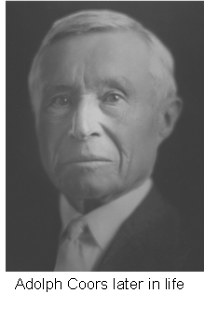 With Naperville’s population booming in the 1960’s, it soon became obvious that the current schools would not be sufficient for educating the children of all these new families.
With Naperville’s population booming in the 1960’s, it soon became obvious that the current schools would not be sufficient for educating the children of all these new families.
In 1966, the city was educating 6,267 students, but they were already running out of room even though several new schools and additions to older schools were being built. Voters okayed a $1,049,375 referendum to build Mill Street Elementary School which broke ground in 1966. Mill welcomed its first students in the fall of 1967 even though it wasn’t yet completed.
 Mill Street School of course is named after Mill Street which in turn was named after Joseph Naper’s mill on the banks of the DuPage River. It was originally a saw mill to build the city Naper envisioned, but it was later a grist mill for grinding flour.
Mill Street School of course is named after Mill Street which in turn was named after Joseph Naper’s mill on the banks of the DuPage River. It was originally a saw mill to build the city Naper envisioned, but it was later a grist mill for grinding flour.
While the school took the Mill Street name, it was dedicated to Edna C. Wunder who was a student in Naperville as well as a teacher and principal. Her 45 year career started in 1896 when she was hired as a Naperville teacher for $35 per month. Later, she was principal at Naper Academy and Ellsworth school before retiring in 1941.
Local higher education also got a boost in 1966 with both College of DuPage and Waubonsee Community College launching that year.
 Neither school held classes until 1967, but they were pulling together staff and resources that first year.
Neither school held classes until 1967, but they were pulling together staff and resources that first year.
The Waubonsee name was chosen from 600 entries in a “name the school” contest. It means “early day” and was the name of a local Pottawatomie chief.
Rodney K. Berg was the first president of COD, overseeing the early years and the establishment of the Glen Ellyn campus. Before then, classes were held in various rented spaces and students had to run all over town to attend class. Which is why the COD mascot is a roadrunner!















